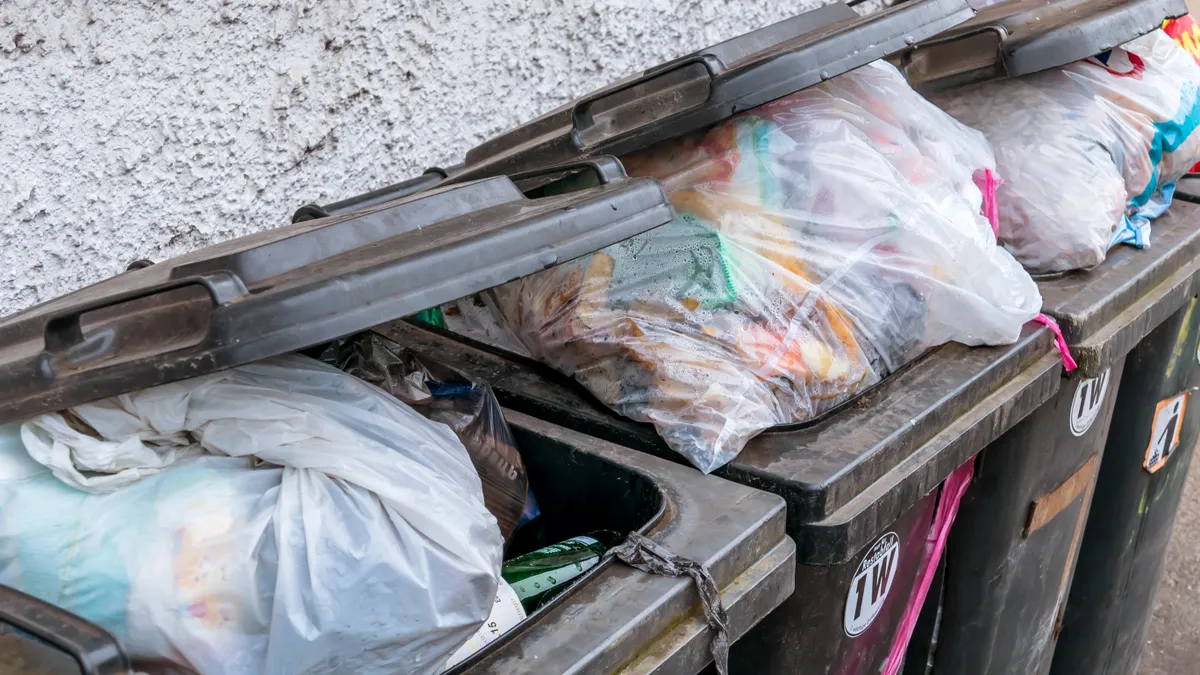Dive Brief:
- A new report from Oregon's Department of Environmental Quality (DEQ) shows that total waste generated in the state increased by 4.8% to 5.1 million tons in 2015 and the amount sent to landfills or incinerators increased by 6.2% to 2.7 million tons.
- While the amount of material recovered also increased, the state saw its diversion decline slightly from 47.2% in 2014 to 46.5% in 2015. When factoring in recovery credits for prevention, reuse and residential composting these numbers were 51% and 50.3% respectively.
- Per capita waste generation increased to 7.1 pounds per day as part of this overall trend though it is still far below the 2006 peak of 8.1 pounds per day.
Dive Insight:
Oregon has a goal of 52% diversion from landfills by 2020 and DEQ says reaching that goal without the use of recovery credits will require residents to make more changes. "Oregon in 2015 has moved in directions opposite from its goals. In 2016, Oregonians will be challenged to increase their recovery rate to approach the 2020 goal without the use of recovery rate credits, and to reduce waste generation through actions earlier in the material life cycle," reads the report.
Reducing and diverting organic waste from landfills is seen as a priority for the Portland area's regional government to take on next year. Reuse policies, such as the one recently enacted in Portland which require older homes to be dismantled rather than demolished, can also help with these goals.
It's not uncommon for states to see their rates fluctuate from year to year, though Oregon's diversion statistics have continued a slow decline since 2012 and the DEQ recognizes a need to do more. Expanding recycling and efficiency is part of that, though some argue that waste reduction is an even more important component of achieving high diversion goals.















